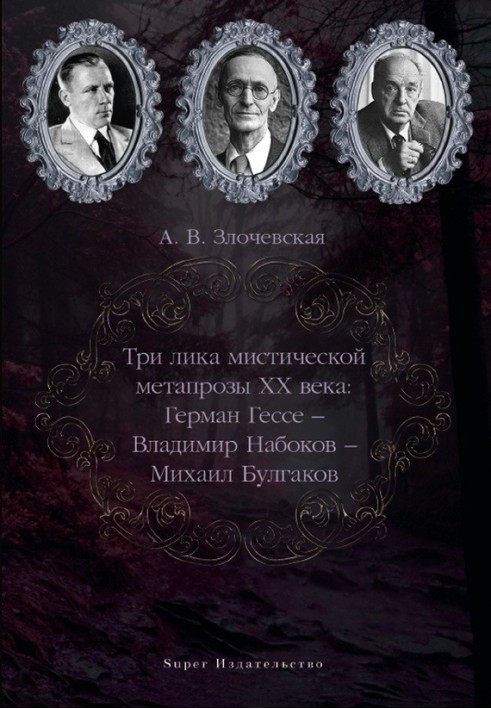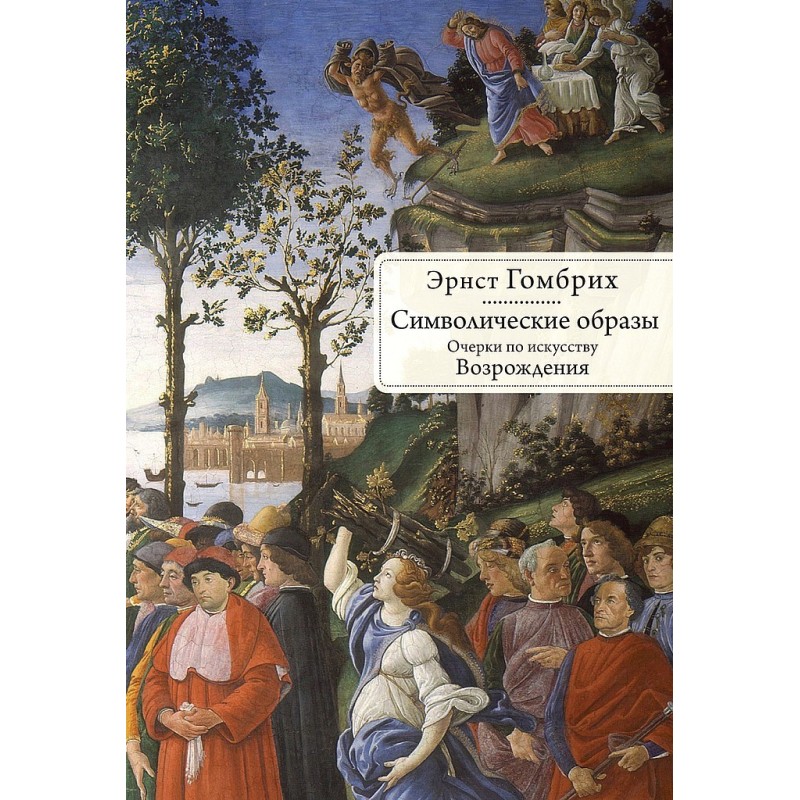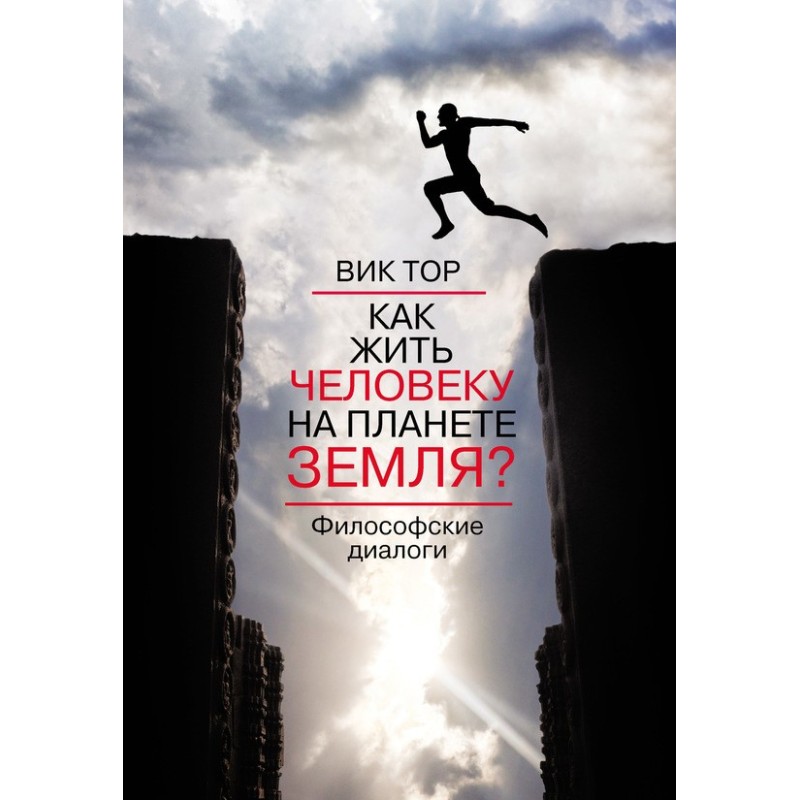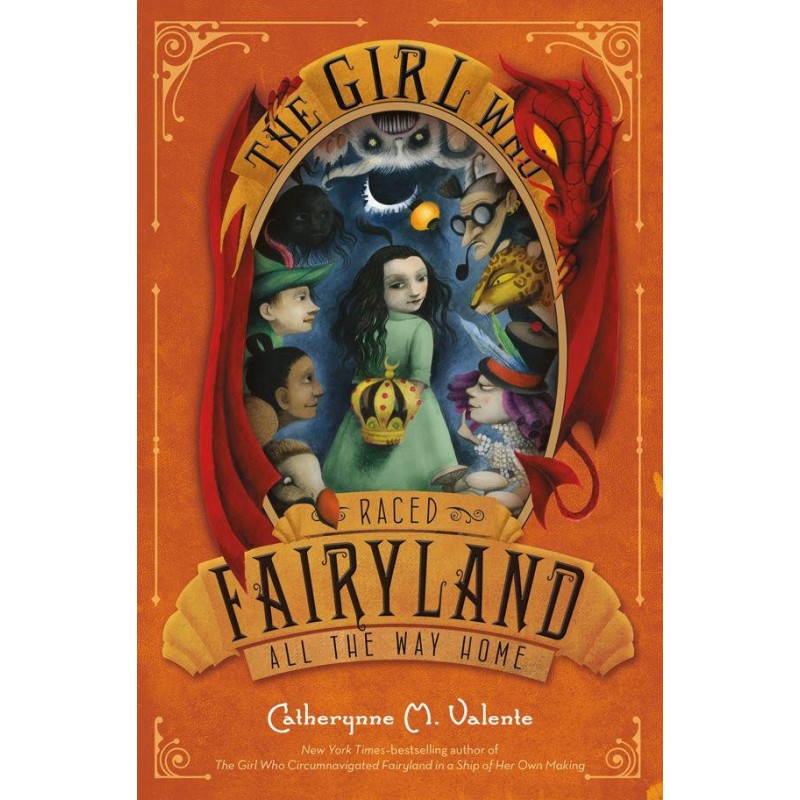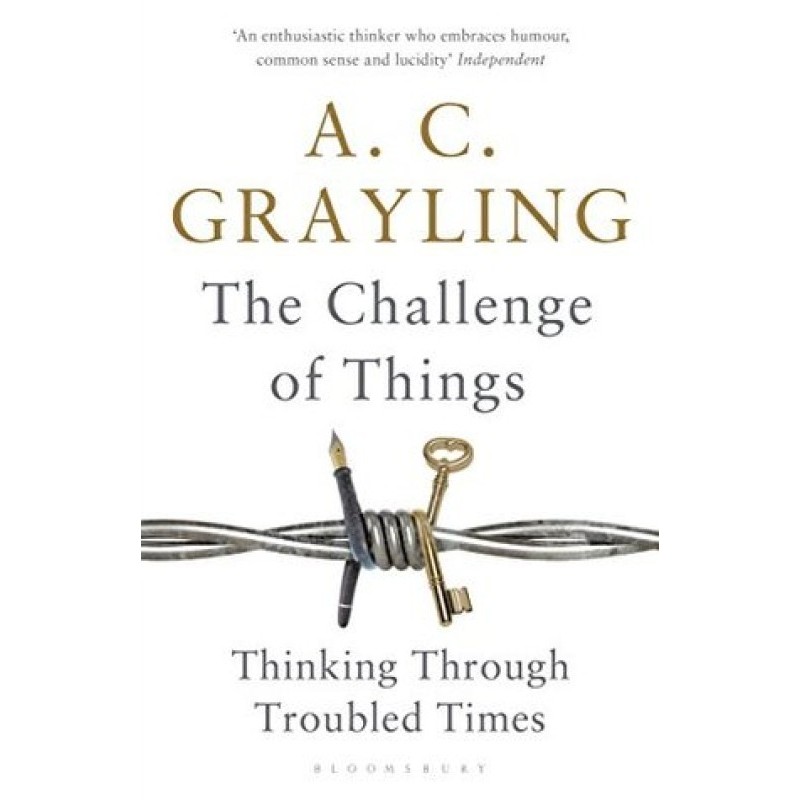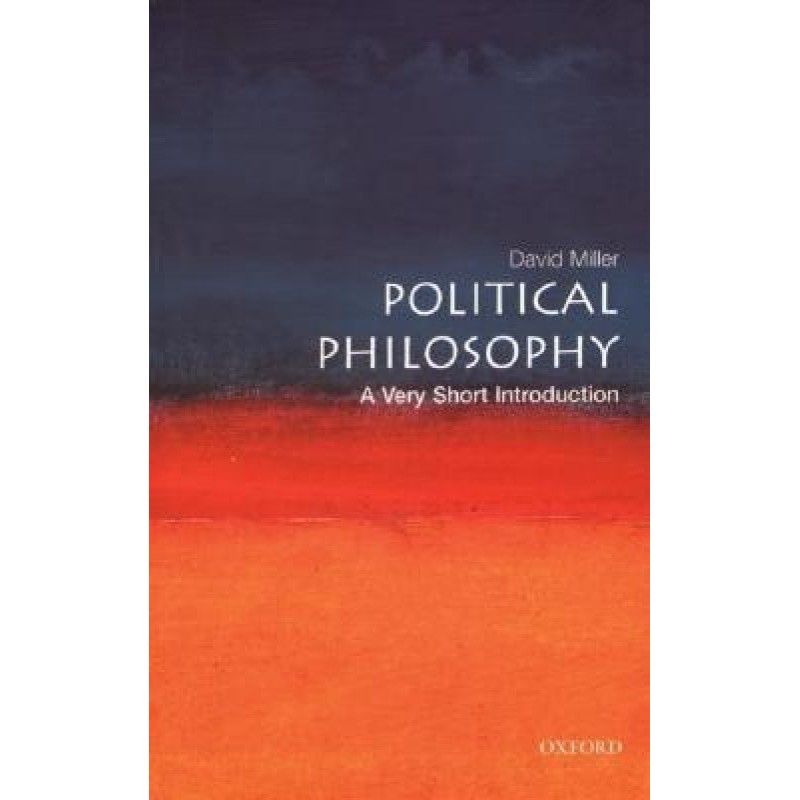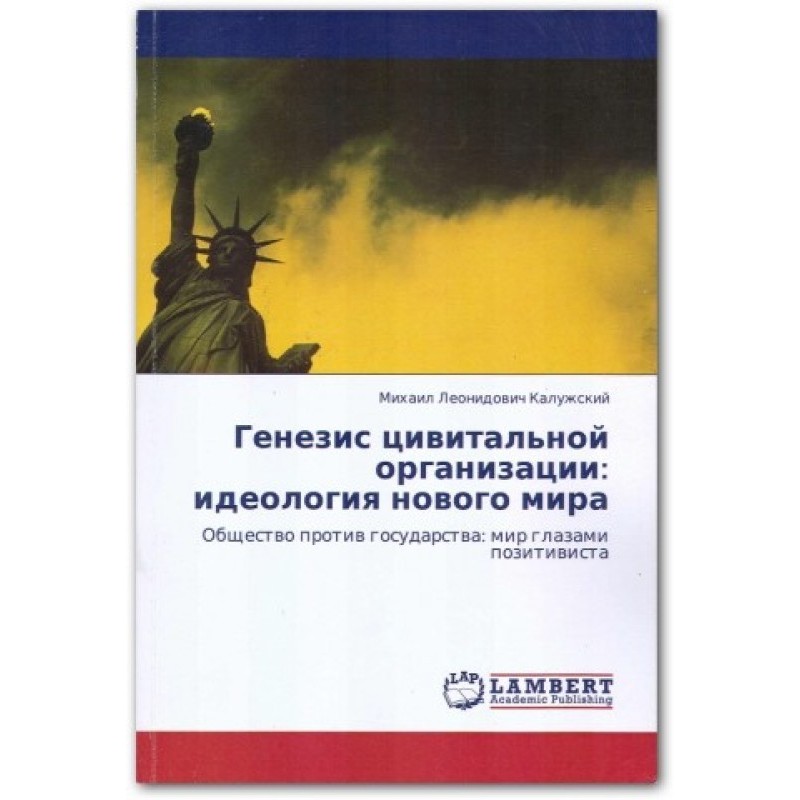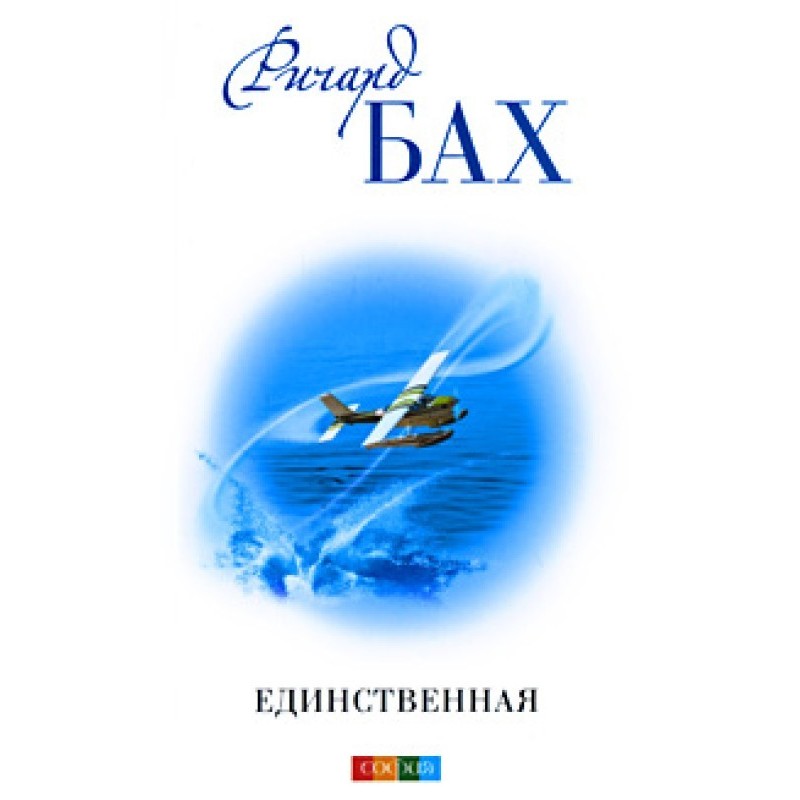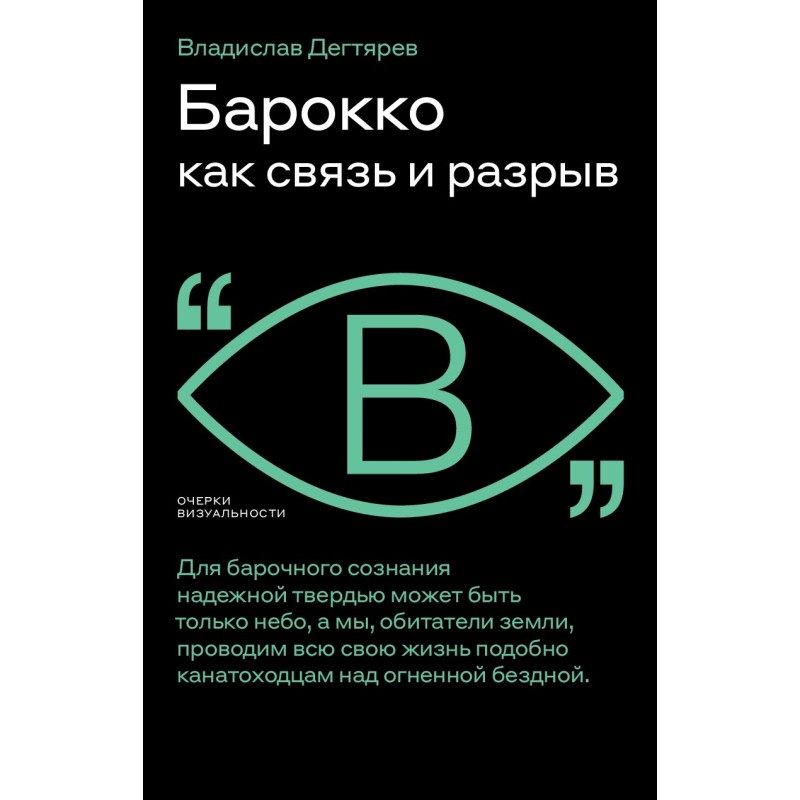Three faces of mystical metafiction of the 20th century: Hermann Hesse – Vladimir Nabokov – Mikhail Bulgakov
 Instant download
Instant download
after payment (24/7)
 Wide range of formats
Wide range of formats
(for all gadgets)
 Full book
Full book
(including for Apple and Android)
In the monograph, for the first time in literary criticism, the contact-typological parallel of Hesse – Nabokov – Bulgakov is identified and analyzed at the level of proximity between philosophical and aesthetic issues and artistic style (characters, genre, composition, narration, etc.). Based on the material of the “pinnacle” works of these authors - “Steppenwolf”, “The Gift” and “The Master and Margarita” - it is shown that in the interwar period of the late 1920s - 1930s. both in Russian, metropolitan and foreign, as well as in Western European literature, a unique aesthetic phenomenon arose - mystical metafiction, which has a stable set of distinctive criteria. The book is addressed both to specialists - literary scholars, students and university teachers, and to a wide range of readers interested in issues of Russian and Western European belles-lettres. The monograph is a pioneering effort in literary criticism to show and analyze the Hesse-Nabokov-Bulgakov contact-typolitical parallel at the level of their similar philosophical-aesthetic problems and literary style (characters, genre, composition, narration etc. ) Using the 'peak' works of the three writers: “The Steppenwolf”, “The Gift” and “The master and Margarita”, the author shows that in the “between-the-wars” period of the late 20ies and 30ies, there appears a unique literary aesthetic phenomenon, namely, mystic metaprose with its stable set of specific criteria. And this phenomenon was common to both, Russian-language literature at home and abroad, and West European literary writings.The book is addressed to a wide range of readers, from literary critics, university lecturers and students to anyone interested in Russian and West European fiction.
Data sheet
- Name of the Author
- А. Злочевская В.
- Language
- Russian

